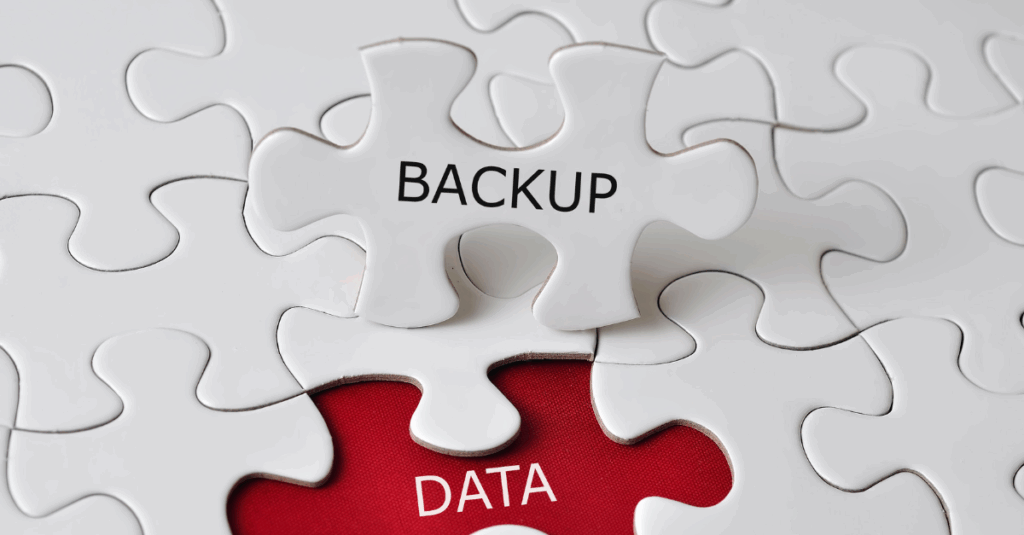Introduction: The High Cost of Waiting
Data loss can strike at any moment—through accidental deletion, hardware failure, cyberattacks, or natural disasters. For small to mid-sized businesses, the cost of downtime, lost productivity, and data reconstruction can be devastating. Yet many companies still rely on outdated or incomplete backup systems, assuming that disaster won’t happen to them.
Real-time, smart backup strategies don’t just prevent loss—they enable agility, protect your reputation, and allow you to recover instantly without missing a beat.
What Is a Smart Backup Strategy?
A smart backup strategy is not just about copying data to a second location. It includes:
- Automated backups in real-time or near real-time
- Redundant copies across local and cloud storage
- Backup validation to ensure recoverability
- Role-based access and encryption
- Rapid recovery protocols for minimal downtime
These elements work together to create a dynamic data protection plan that responds as quickly as your business evolves.
The Real-World Risks of Data Loss
Data loss isn’t just inconvenient—it’s costly and often catastrophic. Common scenarios include:
- Ransomware attacks that encrypt all business-critical files
- Cloud misconfigurations that erase or expose customer data
- Employee mistakes that overwrite key files
- Server crashes that wipe out unsaved projects
These risks are heightened when businesses rely solely on reactive IT practices. Learn how proactive managed services help prevent data emergencies.
Real-Time Backup vs. Scheduled Backup
Traditional scheduled backups occur daily or weekly. But in a fast-paced digital environment, even a few hours of lost data can mean days of recovery effort.
Real-time or continuous data protection (CDP):
- Backs up data the moment it changes
- Ensures critical files are never outdated
- Reduces Recovery Point Objectives (RPOs) to minutes
Pairing real-time backup with tools like Microsoft Intune MDM ensures both device control and data safety.
The Role of Cloud-Based Backup Solutions
Cloud-based backup systems offer key advantages over on-premises storage:
- Scalability without hardware investment
- Offsite protection from local disasters
- Encrypted transfer and storage
- Easy file versioning and access control
However, cloud alone is not foolproof. Businesses must implement backup solutions that integrate across platforms and support hybrid storage environments. See how hybrid infrastructure models strengthen your backup ecosystem.
Backup Isn’t Enough Without a Recovery Plan
Backing up data is one step—recovering it quickly is another. Smart backup strategies include detailed disaster recovery planning with:
- Defined Recovery Time Objectives (RTOs)
- Prioritized asset recovery lists
- Tested restoration procedures
Explore how to build a reliable disaster recovery plan that turns backups into business continuity.
Automating Backup to Remove Human Error
Manual backups are prone to delays, omissions, and errors. Automated backup solutions:
- Schedule themselves without IT intervention
- Run silently in the background
- Log events for audit and compliance
- Send alerts if a backup fails
Such systems help ensure that nothing slips through the cracks, especially when compliance standards are involved.
Protecting Shared Files and Remote Teams
With hybrid teams and remote work now the norm, shared files are stored across multiple devices and platforms. Without endpoint and shared file backup, businesses risk partial recovery or data silos.
Secure your shared content with backup systems that cover:
- File servers
- Collaboration tools like Teams or Google Workspace
- Remote laptops and mobile devices
Unified collaboration tools with built-in security features help secure file sharing across all users and locations.
Cybersecurity and Backup Go Hand in Hand
A good backup plan is a critical component of any cybersecurity strategy. In the event of a breach or ransomware attack, a secure, isolated backup can be the difference between business continuity and total shutdown.
Combine backup with:
- Endpoint Detection and Response (EDR)
- Network segmentation
- Zero Trust security models
Learn how advanced endpoint protection supports resilient backup and recovery.
Make Backup a Part of Your Culture
Backup should be more than an IT task. Make it part of your business mindset by:
- Training staff on version control and backup habits
- Including backup policies in onboarding
- Routinely reviewing and testing systems
- Aligning backup goals with business objectives
Backups are only as strong as the processes and people behind them. Turn your team into a resilient data-first workforce.
Conclusion: Don’t Wait for Data Loss to Strike
Smart backup strategies aren’t optional anymore—they’re business essentials. With the pace of digital operations accelerating and cyber threats growing in sophistication, downtime is a risk you can’t afford.
Whether it’s ransomware, user error, or hardware failure, real-time backup keeps you protected at every moment. By investing in reliable technology, managed IT services, and forward-thinking planning, you can build a safety net that supports productivity, compliance, and peace of mind.
Don’t wait for data loss to define your response. Plan for continuity now—and keep your business moving forward without interruption.







